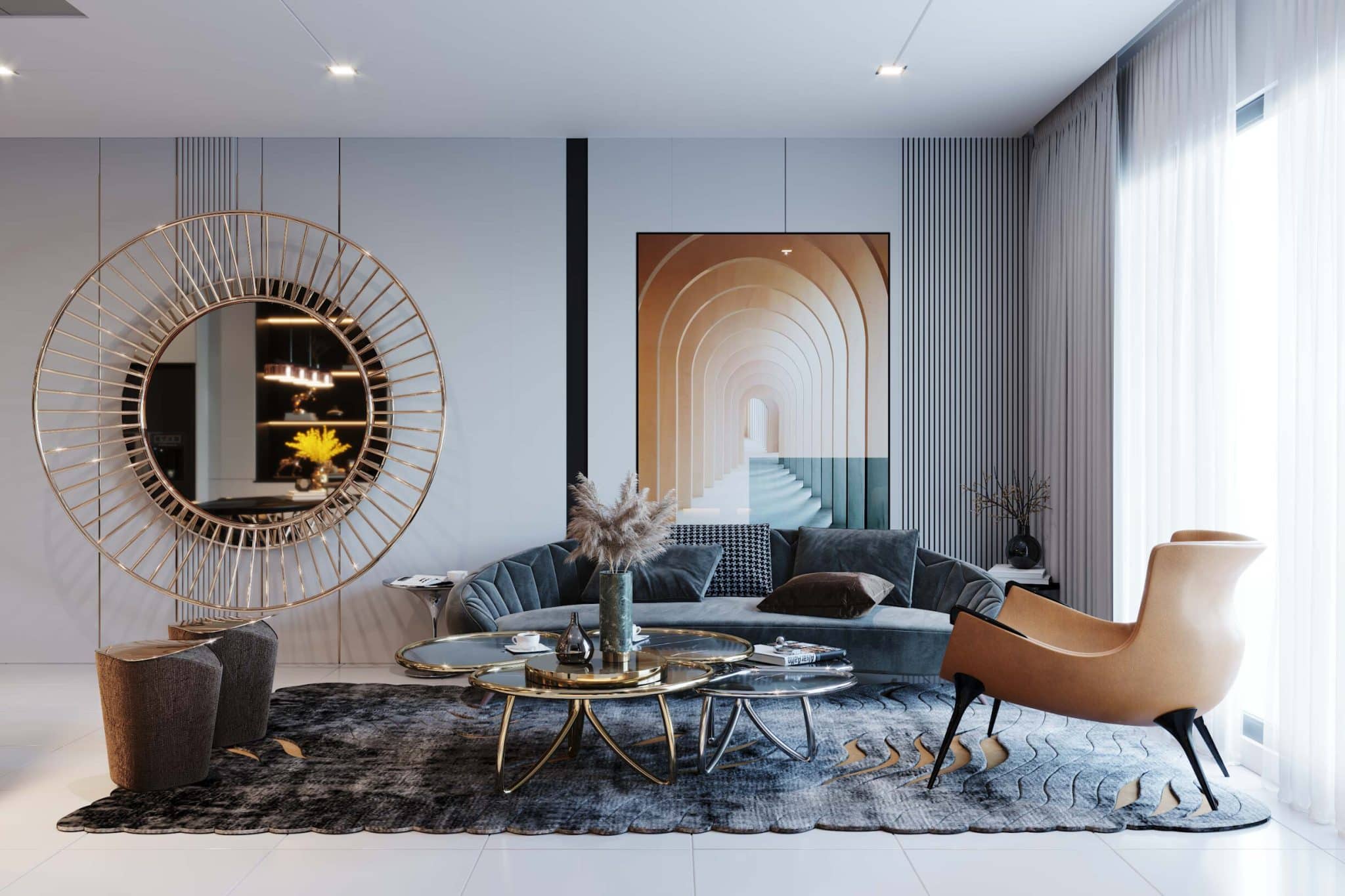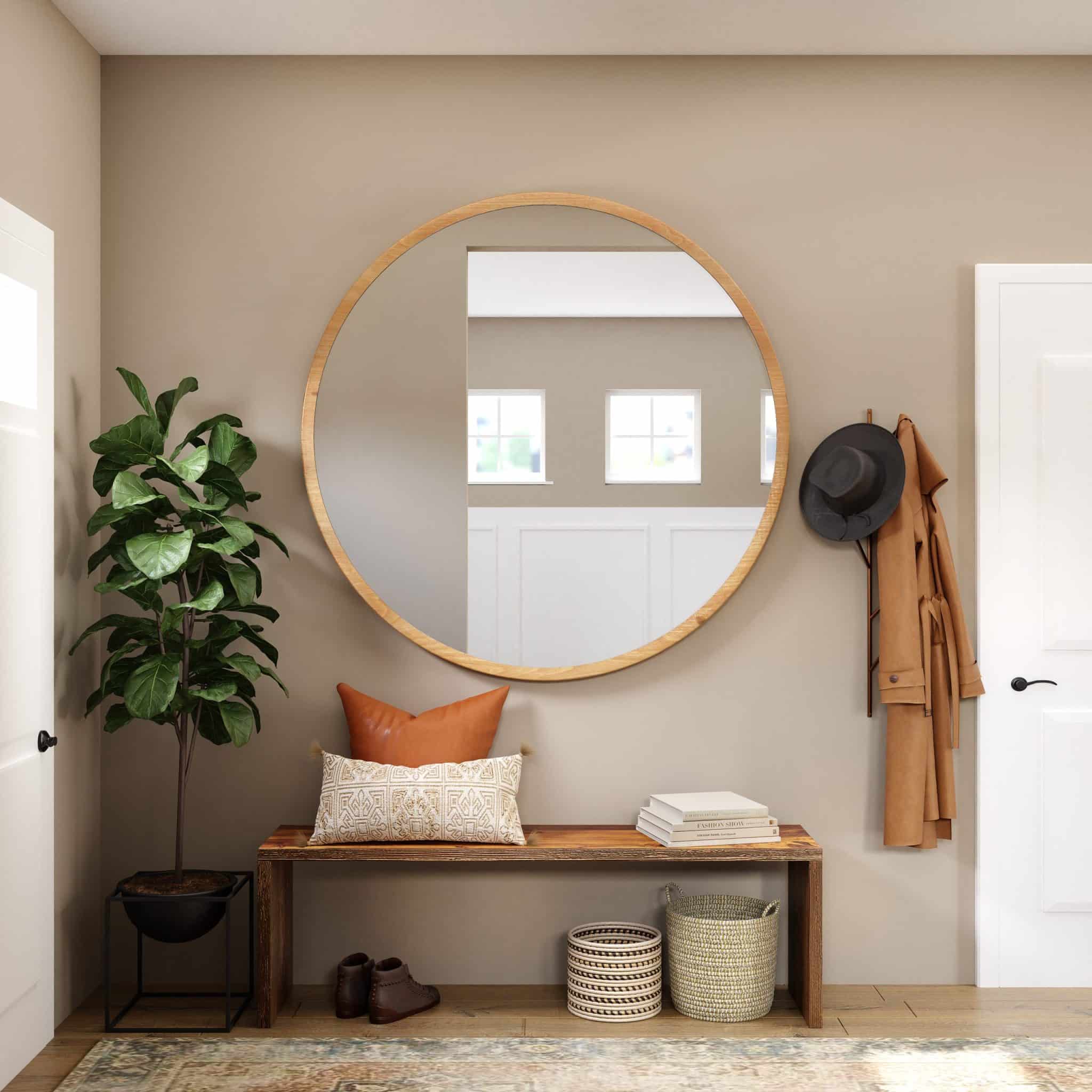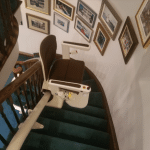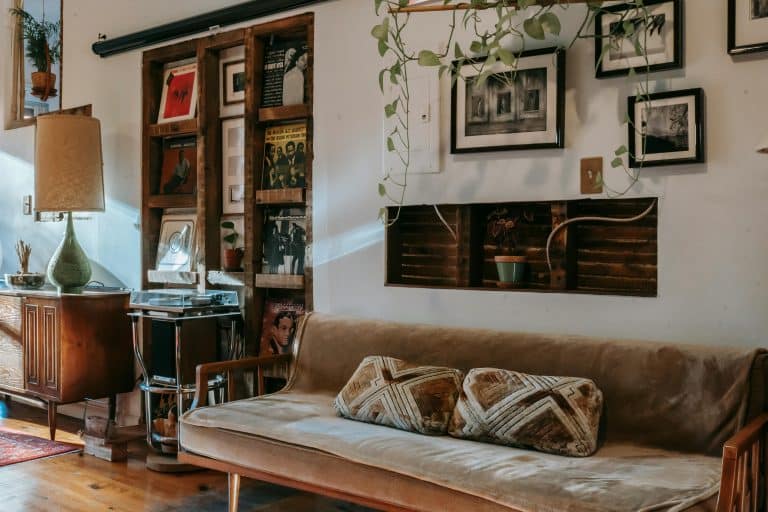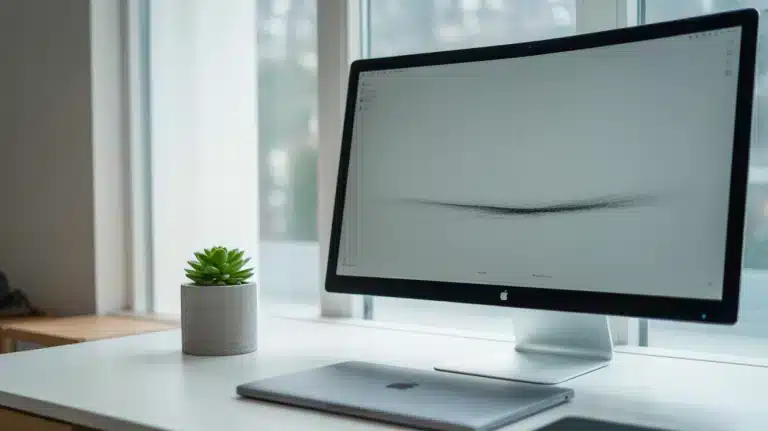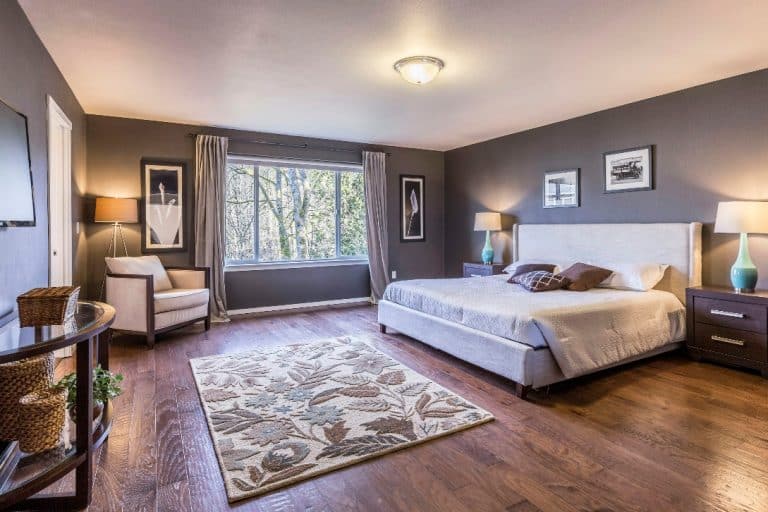Mirrors are more than just functional pieces; they are powerful design elements that can enhance the aesthetics of any room. Reflective decor, when used thoughtfully, can transform spaces by adding light, creating the illusion of depth, and highlighting architectural features. This guide will explore how to use mirrors and other reflective decor to elevate your home’s interior design.
Key Takeaways
- Mirrors can make spaces appear larger and brighter.
- Reflective decor can highlight architectural features and artwork.
- Use mirrors strategically to enhance natural light.
- Choose mirror designs that complement your existing decor.
- Reflective surfaces can add a touch of luxury and elegance to any room.
Incorporating mirrors and reflective decor into your home can be a game-changer. By selecting pieces that complement your style and placing them strategically, you can create a more dynamic and visually appealing space. For an exquisite option, consider the teardrop shaped mirror to add a touch of elegance to your decor.
Using Mirrors to Enhance Space
Creating the Illusion of Space
Mirrors can make a room feel larger by reflecting light and creating the illusion of more space. This is particularly useful in smaller rooms or areas with limited natural light. Placing a large mirror opposite a window can maximize the light and make the room feel more open.
Enhancing Natural Light
One of the best uses of mirrors is to enhance natural light. By strategically placing mirrors near windows or light sources, you can reflect and amplify the light, brightening up the entire room. This not only makes the space feel more inviting but can also help reduce the need for artificial lighting during the day.
Highlighting Architectural Features
Mirrors can be used to highlight architectural features or focal points in a room. Placing a mirror behind a decorative object, such as a vase or sculpture, can draw attention to the piece and create a stunning visual effect.
Choosing the Right Mirror
Selecting the Right Shape and Size
The shape and size of a mirror can significantly impact its effect on a room. Large mirrors can make a bold statement and serve as focal points, while smaller mirrors can be used to accentuate specific areas. The teardrop shaped mirror is an excellent choice for adding a unique and elegant touch to your decor.
Considering the Frame
The frame of a mirror plays a crucial role in its overall aesthetic. Choose a frame that complements your existing decor and adds to the room’s style. Whether you prefer sleek and modern frames or ornate and traditional ones, the frame should enhance the mirror’s visual appeal.
Placement and Positioning
Where you place your mirrors can greatly affect their impact. Consider the height and angle at which the mirror is hung. In general, placing mirrors at eye level creates a more balanced and harmonious look. In dining rooms or living areas, a mirror placed above a console table or fireplace can add sophistication and charm.
Incorporating Reflective Decor
Beyond Mirrors: Reflective Surfaces
Reflective decor isn’t limited to mirrors. Consider incorporating other reflective surfaces, such as metallic furniture, glossy finishes, and glass accents. These elements can add a touch of luxury and elegance to your home.
Using Metallic Accents
Metallic accents, such as gold, silver, and bronze, can enhance the reflective quality of your decor. Items like candlesticks, picture frames, and light fixtures can add a subtle shimmer and elevate the overall aesthetic of your space.
Adding Glass Elements
Glass elements, such as vases, tabletops, and light fixtures, can also contribute to the reflective decor theme. Glass has a timeless quality and can seamlessly blend with various design styles, adding both functionality and beauty.
Combining Reflective Elements
Creating a Cohesive Look
When combining reflective elements, it’s important to create a cohesive look. Choose a few key pieces that complement each other and fit well within your overall design scheme. Avoid overcrowding the space with too many reflective items, as this can create a cluttered and overwhelming effect.
Balancing Reflective and Matte Finishes
Balance is key when incorporating reflective decor. Pairing reflective surfaces with matte finishes can create a harmonious and visually pleasing contrast. For example, a glossy coffee table can be balanced with a matte rug or upholstered furniture.
Reflective Decor in Different Rooms
Reflective decor can be used in various rooms to create different effects. In the living room, mirrors and glass elements can add sophistication and light. In the bedroom, metallic accents and mirrored furniture can create a luxurious and serene atmosphere. In the bathroom, reflective surfaces can enhance the feeling of cleanliness and space.
Conclusion
Mirrors and reflective decor are powerful tools in interior design, capable of transforming the look and feel of any room. By choosing the right pieces and placing them strategically, you can enhance natural light, create the illusion of space, and add a touch of elegance to your home. Elevate your home’s aesthetics with the magic of mirrors and reflective elements, and enjoy a beautifully illuminated and stylish living space.


